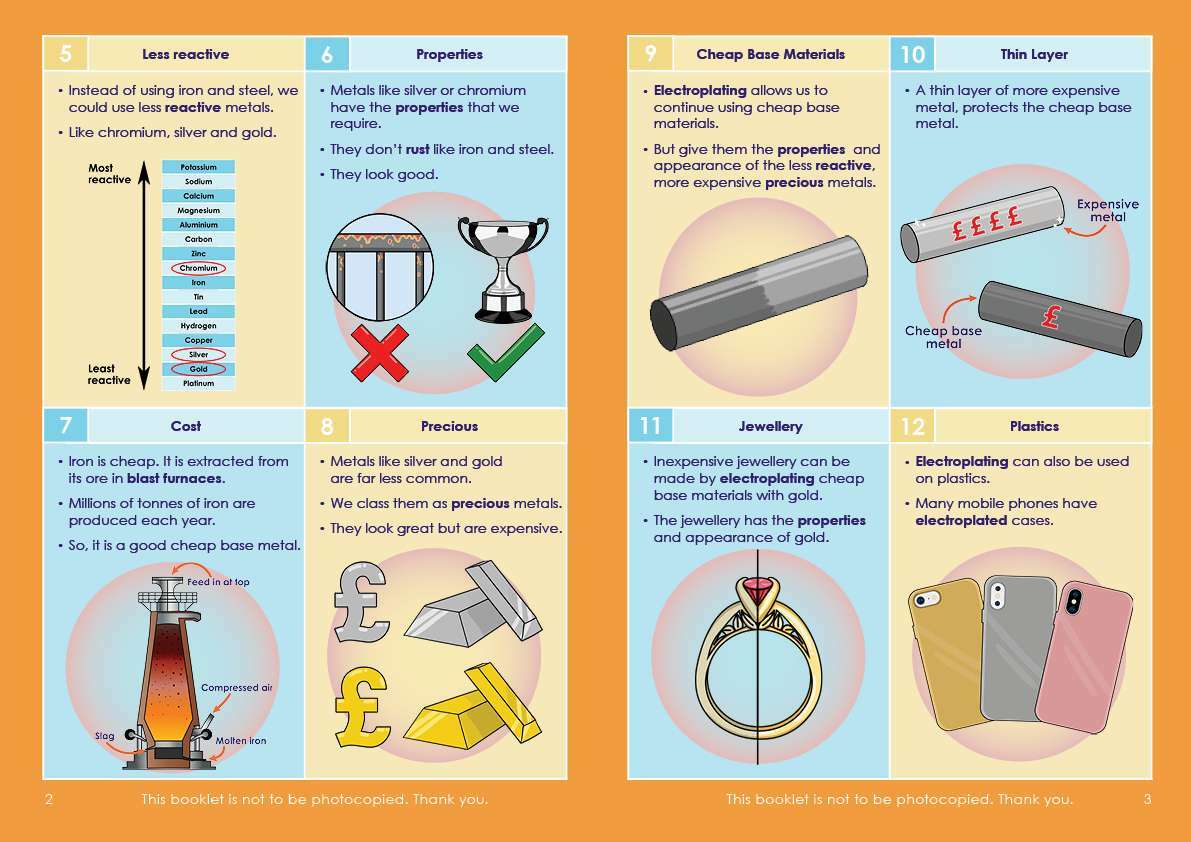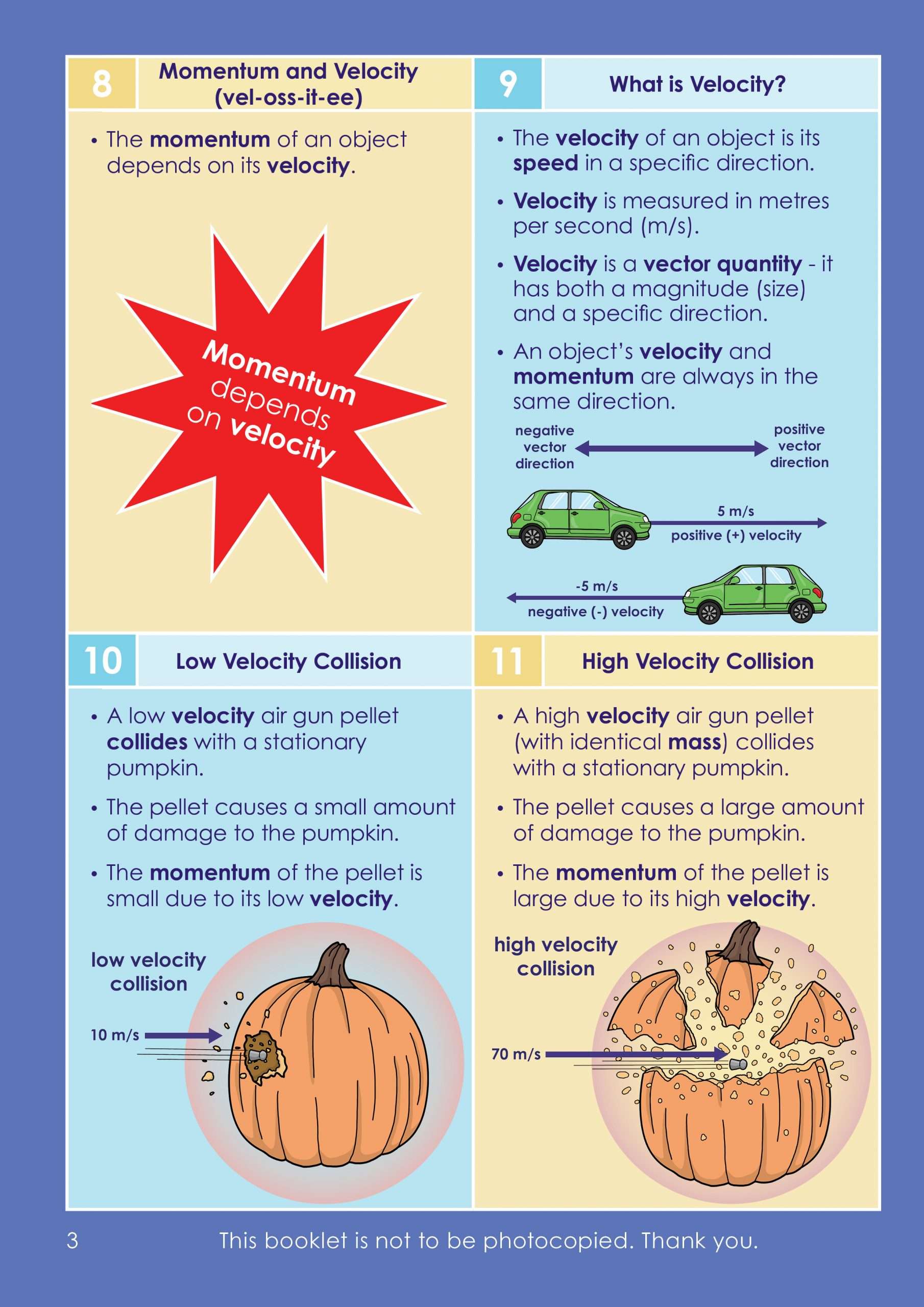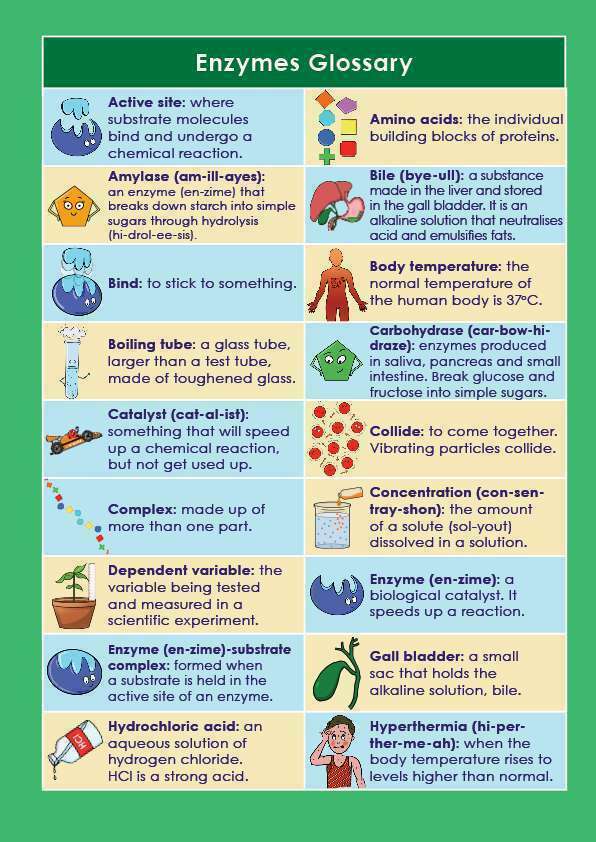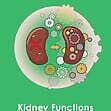GCSE / KS4 Science Bundle - Save 10%!
Buy our GCSE/KS4 bundle and save 10%!

Revolutionise the way you learn with Oaka Digital
Designed for Dyslexics, Effective for Everyone
Which type of Oaka product do I need?
How Oaka works in the classroom...
Read what other teachers are saying!
Online learning the Oaka way!
👍 Suitable for AQA, OCR, WJEC, and CCEA exam boards
Buy our GCSE/KS4 bundle and save 10%!

Designed for Dyslexics, Effective for Everyone
✅ Learn or revise complicated concepts easily
✅ Information broken down into short chunks
✅ Full-colour illustrations on every page
Understanding how kidneys work and why they are so important to use is essential for GCSE biology. This revision pack makes learning key information quick and simple.
Broken down into bite sized chunks, this Kidney Functions GCSE revision guide will help students understand (and remember!) the main facts about our kidneys: how they work, why they are important, how they can be damaged and how we can treat patients with kidney disease.
Each numbered section is clearly laid out and illustrated to aid understanding, making it more accessible to all students, irrespective of their reading ability, with beautiful images to highlight each key point.
Written by Stuart Lawes, former Head of Science and a science tutor for CE, GCSE and ‘A’ level students for over 20 years, the Kidney Function revision pack brings GCSE revision to life in a visual and highly memorable way, identifying complex processes and translating them into easy to understand sections.
💡Plus, the Topic Pack contains 42 active learning questions & answer flashcards!
This Key Stage 4 (GCSE) revision topic pack covers the functions of the kidneys (identified by Pearson as one of the top 10 most challenging topics in GCSEs).
Our GCSE Kidney learning guides cover all major topics associated with the organ.
Firstly, the urinary system is a complex network of organs and structures responsible for the production, storage, and elimination of urine. It includes the kidneys, ureters, bladder, and urethra. The kidneys are the primary organs of the urinary system and are responsible for filtering waste products from the blood and excreting them in the form of urine.
The structure of the kidney is divided into two main regions: the cortex and the medulla. The cortex is the outer layer of the kidney and is responsible for producing hormones that regulate the body’s fluid and electrolyte balance. The medulla is the inner layer and contains the renal pyramids, which play a crucial role in the production of urine.
The nephron is the functional unit of the kidney and is responsible for filtering waste products from the blood. It is made up of a glomerulus, Bowman’s capsule, proximal tubule, loop of Henle, distal tubule, and collecting duct. The glomerulus and Bowman’s capsule form the filtration unit, where blood is filtered to produce urine.
Ultrafiltration is the process by which blood is filtered in the kidney. It occurs in the glomerulus and Bowman’s capsule, where blood is subjected to high pressure, and waste products and excess fluid are filtered out and enter the renal tubules. In the renal tubules, further reabsorption and secretion of ions and other substances occur, producing the final urine.

Engaging, full-colour illustrations on every page

Text broken down into bite-sized chunks on a lightly shaded background

A simple, easy-to-understand glossary of key terms
Topic Booklet
Write Your Own Notes Booklet
Active Learning Q&A Flashcards
Topic Booklet: ✅ x1
Write Your Own Notes Booklet: ✅ x1
Active Learning Q&A Flashcards: ✅ x1
BEST VALUE!
Topic Booklet: ✅ x1
Write Your Own Notes Booklet: ❌
Active Learning Q&A Flashcards: ❌
Topic Booklet: ❌
Write Your Own Notes Booklet: ✅ x1
Active Learning Q&A Flashcards: ❌
Please note, our resources are NOT to be photocopied. Thank you.
Daughter says they are amazing
Absolutely brilliant. Recommending this resource as a revision tool for ALL pupils and spreading the word about Oaka Books resources amongst colleagues in my capacity as dyslexia/dyscalcilia specialist teacher. Can't wait to order and review the ks2 and ks3 publications.
Biology
